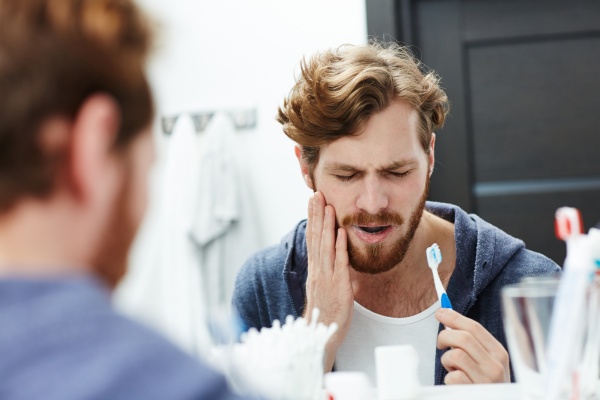THE RECOVERING JAW, HOW TO MINIMIZE SWELLING

Recovery from dental treatment, whether surgical or nonsurgical, may result in a normal, and at times expected, sign of post-therapy healing...Swelling. A normal body response to the healing process, swelling may be difficult for both the patient and the caregiver.
Proper planning and preparation prior to the your dental therapy or surgery may result in reduced stress and anxiety during the healing phase. Both you and your caregiver will experience a more comfortable and swift recovery when taking certain measures into consideration. These will prove to minimize the swelling and bruising that is expected after dental surgery or treatment. Although swelling may occur to varying degrees, it is impossible to predict exactly how much of it you will experience. It is possible, however, to apply certain protocols that will assist in reducing it. Ideally, these sources of swelling reduction should be started immediately after surgery.
Allow me to outline a few measures to consider and follow:
+ Maintain Your Head Elevated
Try to sleep at a 45 degree angle to reduce swelling and improve breathing and sinus drainage. Laying flat may cause fluid to collect at the area of trauma, creating pressure and pain in your jaw and face.
+ Ice Packs
Pain, swelling, and bruising can be greatly reduced by applying ice to your jaw after surgery. It is recommended to rotate the ice packs every 20 minute intervals for the first 24-48 hours, enabling the post-treatment signs and symptoms to be greatly reduced. Varous sources of frozen applications include re-freezable soft gel packs, crushed ice and frozen peas. These may be frozen and stored in multiple packs to assure their availability for proper rotation. Always apply a paper towel or thin cloth between the ice packs and the skin.
+ Jaw Wraps
These ace wrap bandages, nylons, or even long gym socks may be a great way to support the ice packs in place while maintaining your hands free and comfortable as your ice pack retains its position. A properly placed jaw wrap should be placed under your chin, come up around your jaws, and attach to the top of your head. Light jaw wraps should be chosen over the more heavy types.
+ Moist Heat Therapy
Moist heat therapy is begun 2-3 days after surgery so as to help promote healing by absorbing fluid in your face that was created from the swelling and trauma. Once your doctor instructs you to begin their use, you may switch the cold therapy to 20 minute intervals of moist heat. It is typically very helpful in soothing sore muscles and before jaw exercises.
Moist Heat Sources:
1. Heatable Gel Packs....ideally placed in jaw wrap pockets
2. Warm Wash Cloths...make sure water is squeezed out before apply to cheeks/jaws
Take caution in not apply very hot products to your skin as normal thermal sensation may be reduced after surgery. Always test the warm packs or cloths prior to applying them to the skin.
The above guidelines are just that....guidelines! Make sure to consult with your dentist or surgeon prior to initiating any form of post-surgical recovery modalities. Follow your doctor's recommendations as these may be different for each patient as determined by their specific condition or circumstance.
The above guidelines were compiled with the assistance of The "Healing Jaw"...a handbook written by Susan Beaudette, R.N.
Remember to call on us should you have questions or comments on how to properly achieve that healthy and beautiful "smile...the one you'd be proud to wear...ANYWHERE"!


